-
Posts
2.332 -
Joined
-
Last visited
-
Days Won
60
Posts posted by Sundiata
-
-
8 minutes ago, stanislas69 said:
I'm wondering though wouldn't it be better to have research on Thracians, Scythians,
You're absolutely right! I always have the Thracians in the back of my mind, I just get side-tracked really easily... I hope to be able to present some more relevant Thracian references soon
 Scythians are that other nomadic civ we should really do, so I'm happy you mention them. Scythians and Xiongnu are the perfect counterparts of each other! Eastern vs Western steppe, wets my mouth! Thracians complete Europe (save for Germanics)
11 minutes ago, stanislas69 said:
Scythians are that other nomadic civ we should really do, so I'm happy you mention them. Scythians and Xiongnu are the perfect counterparts of each other! Eastern vs Western steppe, wets my mouth! Thracians complete Europe (save for Germanics)
11 minutes ago, stanislas69 said:So this civ will be your new battle horse
I'm still undecided. They seem more politically and culturally cohesive than Iberians and Celts. They were a very long-lived civilization with a tangible legacy and impressive roots. and they have that attractive African desert/Sahara feeling... They raided Roman coastal settlements, and Romans in turn sacked their capital, but seem to have been unable to maintain any sort of control there... I'm just not sure yet if their unit-roster would be impressive enough (in terms of what we can actually reference at least). Need to do some more digging. They're definitely on my personal shortlist for a potential next African civ. On another note, we can totally do the Aksumites for Millenium AD... They'd be pretty Amazing! Had a strong Byzantine connection and conquered South Yemen, even attacking Mecca! They're legacy is also very strong, and some Aksumite architecture still exists relatively intact today...
-
Well, women could own male slaves in several matrilineal cultures, and I'm quite sure the power of a number of Kushite Queens was pretty absolute... Princesses also seemed to play an important role... Female gods like Isis and Mut were among the most revered of the gods. I know these are not absolute proofs of matriarchy, neither am I trying to prove that, just clarifying that a Scythian amazon would totally murder the living daylights out of you if you looked at her the wrong way, or maybe she'd castrate you and keep you as a pet... And I think that's pretty cool, because it is indeed a rare sight. Just not non-existant. Tuareg are a nice example of that.
17 minutes ago, av93 said:Polyandry could be worse ,
not in this case, trust me, the men were totally the b*****s in the examples I saw... It was weird... And it was village wide, in several communities...
-
50 minutes ago, av93 said:
Regarding African civs, apart from Carthaginians, Egyptians and Kushites (already implemented), I wonder what civs could be depicted besides Garamantians and Numidians? Basically we have Berbers, right? What about sub-Saharan civs or empires, @Sundiata?
Not really in the BC period, that I know of, except for the (proto-) Aksumites. The rest of Africa becomes incredibly interesting from the A.D. period onwards (especially from the early medieval period onwards), but before that, vast areas of Africa were only very sparsely populated by ancient hunter gatherers (paleo-Africans, short people), who were absorbed by later peoples migrating south and westwards beginning only a few thousand years ago... (Hence my random theorizing above). The exceptions are the Dhar Tichitt and surrounding culture (500 stone settlments in what was once a green savannah in modern day Mauritania) and the Nok, of northern Nigeria (iron workers and terracotta experts), and although important, they're both too obscure to feature convincingly...
Axum, although absolutely delicious, is just a little too late for our timeframe and the Kingdom of D'mt is too early (and obscure).
In medieval times we get the really big players, like Mali Empire, Songhai, Kanem-Bornu, the Hausa Kingdoms, the Swahilli Coast, Kingdom of Makuria, the Shona Empires, Zagwe Dynasty, Kingdom of Kongo etc... So Millenium A.D. and late medieval mods should be interesting.
-
 1
1
-
-
Can't really say that I totally agree with your reasoning @av93, generally speaking, the last 3000 years or so, the "civilized" world has indeed been mostly patriarchal, and relatively (very) oppressive to women. But much more egalitarian societies also existed, including many clear examples of powerful ruling queens and warrior women. I'm struggling to understand your resistance to the idea that women played key roles (including rulers and warriors) in those societies where it is indeed well documented. Kushites are only one of them. Feel free to read up on the role of women in Scythian society or gender roles among the indigenous people of North America. It's nothing like traditional patriarchy... Polyandry even exists in some South Asian societies today...
Time for some random theorizing on the origins of modern Africans...:
SpoilerKushites were matrilineal (Nubians still are today)l, had at least, 8 ruling queens, the concept of Queen Mothers was entrenched in their society (a significant difference with Egypt), and women played otherwise incredibly important roles like, "God's wife of Amun" in Thebes, (a high priestess), one of the main political keys to Upper Egypt. The main difference between the Egyptians and Kushites is the "Nilo-Saharan to Afro-Asiatic ratio". Kushites are much more Nilo-Saharan, which comes with it's own cultural substrate. This may include the elevated position of women in their society.
Garamantes are the result of southern migration of Afro-Asiatics into areas populated by (Western) Nilo Saharans. Afro Asiatic people are not known for their matriliniality, but, what if: matriliniality among the Nilo-Saharan peoples is an ancient neolithic hold-over, which infused with the northern Afro-Asiatic, eventually giving rise to the Matrilinial (borderline matriarchal) Tuareg...
There are many people who believe that a considerable number of West African populations are at least partially descendant from ancient immigrants coming from the Nile Valley. It's often negated as Afro-centric jibber jabber, but there are a number of compelling points. Especially since becoming so much more intimate with Kushite culture, the ancient connections are quite apparent in the form of specific musical instruments, weapons, and cultural practices like scarification and cavalry traditions. Many indirect, less tangible connections exist in the form of religion, language, metallurgy and architecture, agriculture and so forth. There are even clues in the genetics of West and East-African populations with regard to common ancestry and admixture.
I think Kush forms a missing link between the Nile Valley and West-Africa, with possibly indirect cultural transfers across the Sahel (perhaps in times of political turmoil in Kush). I think the matrilineal nature of certain West African societies (and many other aspects) may stem from these Westward migrations south of the Sahara, displacing and absorbing the local hunter gatherers, in what were then very sparsely populated regions, giving rise to the modern West African populations. I think there was a similar process southwards, eventually giving rise to the so-called "Bantus", spreading to sub-equatorial Africa displacing and absorbing the ancient local hunter gatherers (paleo Africans) originally living there (e.g. Pygmies, Hadzabe's and San Bushmen). Matrilineality was just a part of a much larger neolithic Nilo Saharan substrate that spread out.
This is significant because this theorized Westward and Southward migration carried certain genes with them, developed in northern Africa (in proximity to Afro-Asiatics), that allows for digestion of milk, higher tolerance to alcohol, less susceptible to a host of diseases, and allows people to grow way taller and physically stronger than hunter gatherers... Modern Africans!
Anyway, this stuff is a bit controversial and tends to lead to huge debates... But it's worth a proper investigation if you ask me.
-
@av93, actually you're right, Tuareg are matrilineal and not matriarchal, my bad... Although they are sometimes referred to as matriarchal because of the position, and great freedoms enjoyed by women in traditional Tuareg society, much more so than in most other Islamic societies today. I do believe that there were a few matriarchal societies though, not an expert here.
I hope you understand why I made the mistake with regard to the Tuareg:
- Women were allowed to have many sexual partners before marriage
- Women were allowed to own property including tents and animals (the most valuable property to Tuaregs)
- Women were allowed to divorce (even throwing divorce parties) and kept most of the stuff through some sort of traditional prenuptial agreement
- Women were traditionally consulted in politics (although men did indeed do most of the talking)
- Women could become ruling queens...
Men were almost subservient in Tuareg society, as in, I've seen documentaries were for example the woman would tell the man "make me some tea", upon which the man would promptly get up to make his wife some tea. Not saying that's proof of matriarchalism, but if you see it, you'll understand... The women snaps her fingers, man complies. Pretty interesting... In modern times the traditional Tuareg way of life is giving way to sedentary lifestyles and arabization, eroding the traditional position and role of women. Christianization and Islamization have actually eroded the position of women in many African societies (including my own). In Akan society (matrilineal) Queen Mothers are second in rank only to the King himself, and these women are king-makers. The largest rebellion against British rule in Ashanti for example was famously led by Yaa Asantewaa, Queen Mother of Ejisu. It's not uncommon in Africa...
This is interesting:
This is so sweet, I need this in my life...:
Wait, what am I talking about, I have 0 A.D., silly me...
-
-
5 hours ago, stanislas69 said:
What are we designing here ? Mercenary camps ?

Just laying the groundwork for a hypothetical Garamantian faction. The research poses serious challenges, so anytime we find something interesting or relevant about them, we can post it here, in preparation for a bigger research push.
They were a southern Berber Kingdom existing from 500 BC to 700 AD, centered on the modern day Fezzan (Southern Libya), stretching as far south as Niger and Chad. Bordered the Carthaginians in the north and interacted with the periphery of Egypt and Sudan. They were related to the Mauretanians and Numidians to the North West in the Maghreb. There is a certain degree of Mediterranean influence and they fought wars with the Romans. They were a literate people using the Tifinagh script, derived from Punic, which is in turn derived from the Phoenician script. This script is still used across the Sahara today.
During our timeframe, they were the kings of the Sahara, building fortified towns (oasis cities) and managing underground water reserves (aquifers) using a massive network of subterranean channels creating lush farmlands... They turned parts of the Sahara green for over a thousand years (until the fossil water reserves were depleted) and the population collapsed, becoming increasingly nomadic and giving rise to the modern Tuareg people.
The challenges relating to this faction are the total lack of a navy (they live in the middle of the desert) and a low diversity in units which aren't richly studied. They'd be something in between the ancient Libyans mentioned and depicted in Ancient Egypt and the later Tuareg of the Sahara and the Sahel.
Off the top of my head, units would something along the line of:
- Libyan archers
- Libyan swordsmen
- Garamantian spearmen
- Garamantian javelin men
- Garamantian Javelin cavalry
- One man Garamantian chariots (1 or 2 horses), basically just a small platform on wheels
Camels probably weren't introduced to the Western Sahara on a noticeable scale until the A.D. period. The degree of Hellenistic influence on the Garamantian military is entirely unknown to me right now.
Garamantians are basically the descendants of light-skinned Libyans of Afro-Asiatic ancestry, moving south and mixing with local Nilo Saharan Africans. Not unlike Kushites, but Garamantes have a much more pronounced Asiatic (Middle Eastern) element.
Ancient Libyans (Archaic), 4 guys on the left (when they still inhabited the North African coastline, before moving south):
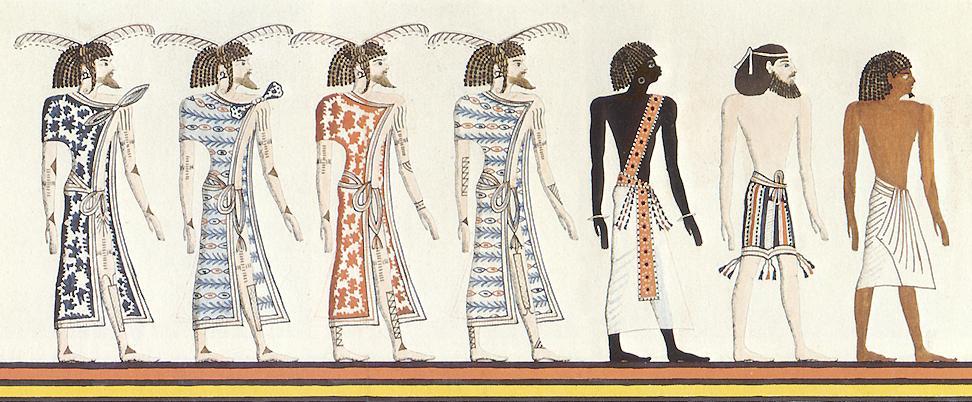
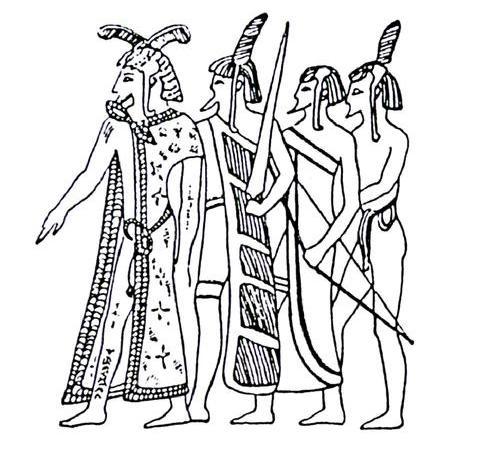
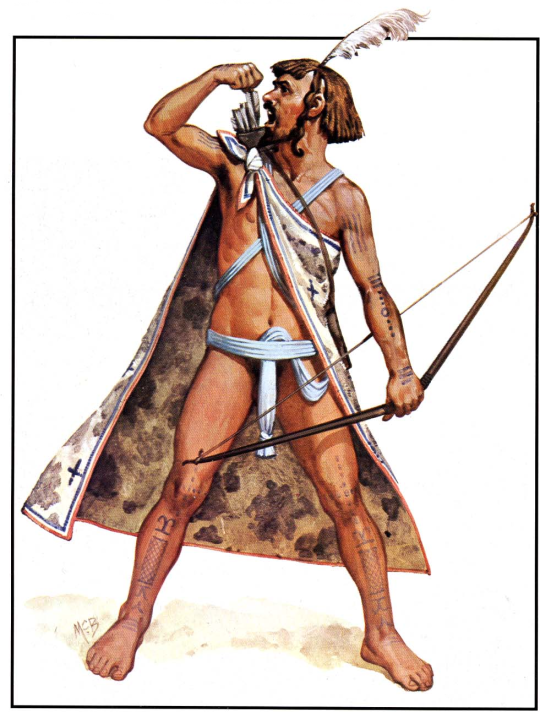
During our timeframe (top 3 guys):
Modern descendants in the Fezzan:
Tuareg, a Garamantian legacy, the southern Berbers:
Tin Hanan, mother of the Tuareg, a 4th century ruling Queen (Tuareg were/are matriarchal!):
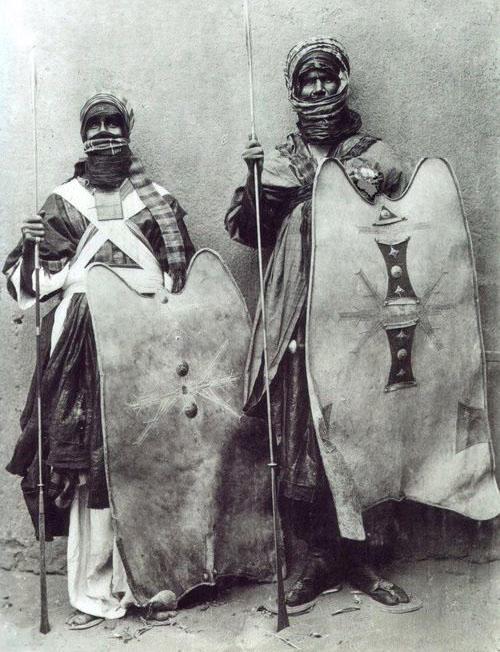
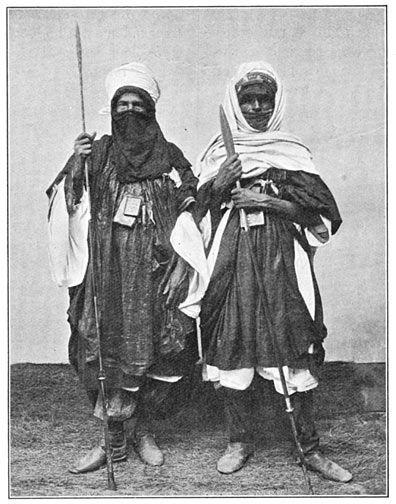
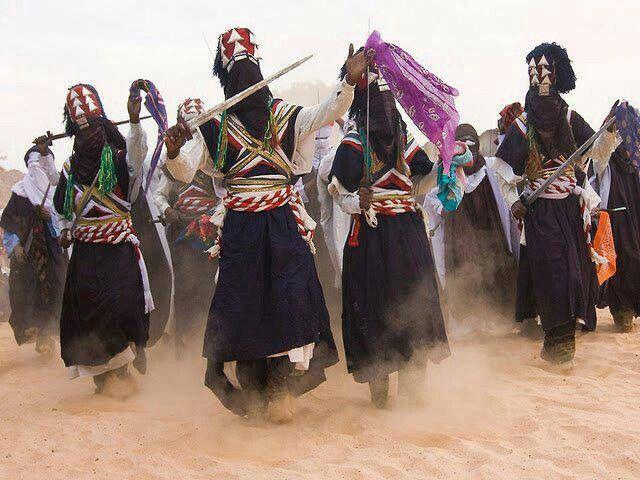
Fewet, a Garamantian site (BC period):
https://www.insegnadelgiglio.it/prodotto/life-and-death/
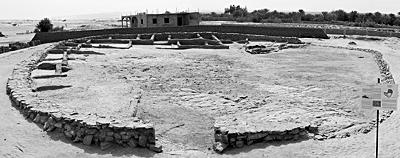
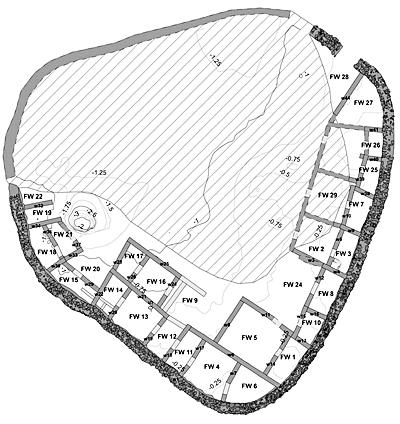
Architecture type is typically Saharan... Mudbrick with occasional use of stone:
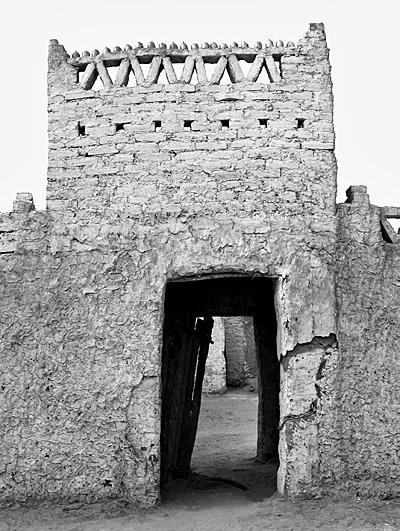
-
 1
1
-
 1
1
-
37 minutes ago, Lion.Kanzen said:
I love see Japanese gameplays.
Especially when they're playing with Kush
 39 minutes ago, Lion.Kanzen said:
39 minutes ago, Lion.Kanzen said:yeah call me weaboo but is an interesting culture.
Uhu...
On 5/19/2018 at 12:37 AM, Lion.Kanzen said:Dude is racking up views... 75.000 and counting! More than all the other videos combined... Amazing publicity! The Spanish speaking community is strong...
Oh, I also like your facebook page
 Nice and active...
Nice and active...
-
 1
1
-
-
So, these (Libyan) people are related to the Libyan dynasties that ruled Egypt before being pushed out by the Kushites. To be more precise, the 22nd and 23rd Dynasties, ruling from the Delta, before being subjugated by King Piye of the Kushite 25th Dynasty. They had interplay with the Kushites! How cool



Interesting write up: http://www.twcenter.net/forums/showthread.php?735996-The-Libyan-Kingdom-of-the-Garamantians&styleid=41
In our timeframe they were long gone from Egypt though... As rulers at least.
@Lion.Kanzen, where did you get this image from??
Looking at the excavation results, that's actually Garama (Germa/Jerma), their capital! Very nice stuff. More accurate than I first assumed...:
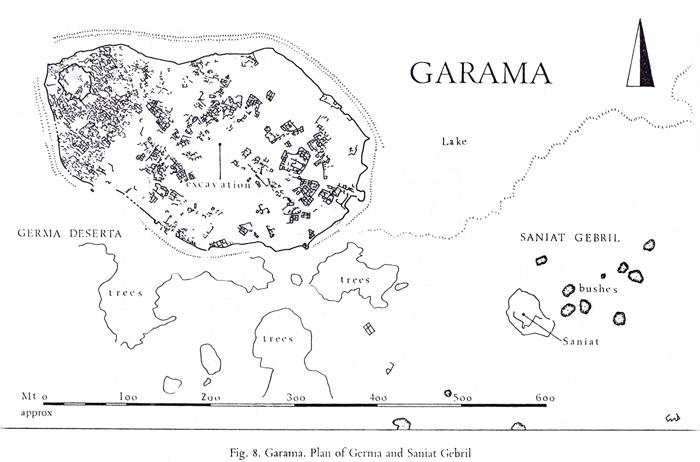
Other important sites:
This is also pretty cool and quite relevant:
"Anyway, when looking for some Garamantian architecture I came across this place. It's a Garamantian compound called Fewet. From what I've read it's was radiocarbon dated to the 2nd-1st centuries BC and is adjacent to a necropolis.", from Historum.com
For emblem something like this? Although it might be an archaic style... I'm not sure.
-
 2
2
-
-
Quote
You have idea other African faction? specially emblem.
You're going to have to be a little more specific here... Do you mean a specific faction like Garamantes, or another hypothetical faction (that no one's working on yet)?
-
37 minutes ago, asterix said:
· Xiongnu emblem (Lion.kanzen) (Alexandermb)
I thought this emblem was made by myself, Lion.kanzen and stanislas69? Was it changed?
-
 1
1
-
-
-
19 minutes ago, Imarok said:
An explanation for us uneducated people would be also nice

Xšayaṛša is the original Old Persian form of Xerxes, written with appropriate diacritics, for those of you who can't read cuneiform (peasants...
 )
)
-
 2
2
-
 4
4
-
-
3 hours ago, Imarok said:
@Sundiata do you have any names to propose that come from one of our included non greek/roman civ?
Yes, I made my suggestion on the first page (Xerxes)
If you want to go the puritanical way, Xšayaṛša is pretty cool too...
-
 3
3
-
-
Garamantes fortifications:
Remains of Garama, the capital of the Garamantes:
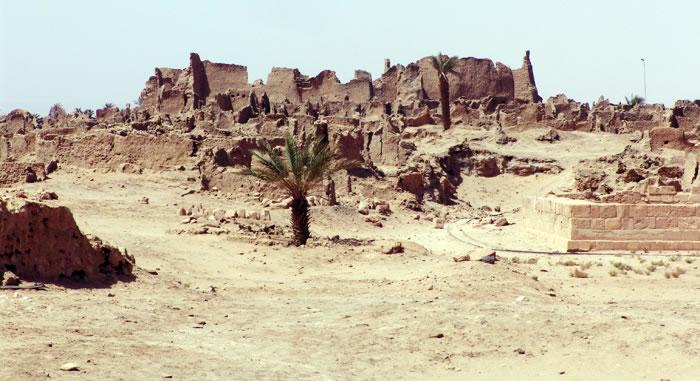
Saharan chariot:
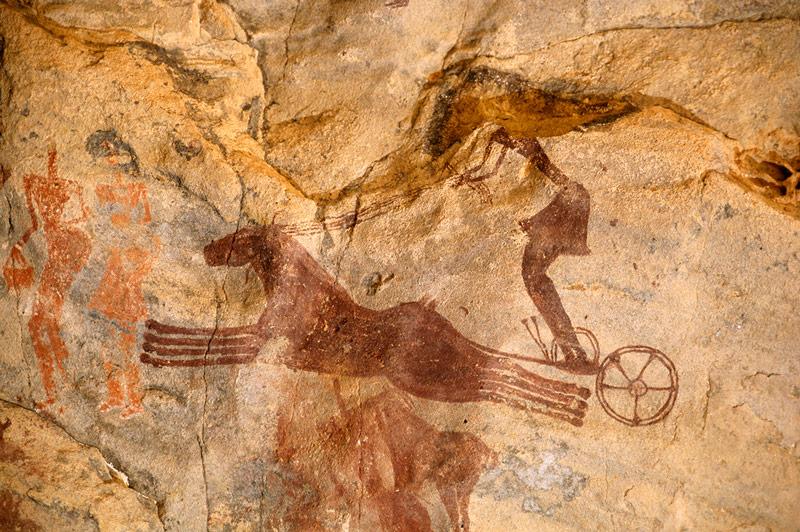
-
 1
1
-
-
1 hour ago, JonasTuo said:
but i believe africa has been inhabited since 3000 bce
More like 300.000 BC
 1 hour ago, JonasTuo said:
1 hour ago, JonasTuo said:or like Mursi or Hamer,
The Mursi are a Nilo-Saharan people, who share similarities with the Nuba, who can be recruited as mercenaries when playing the Kushites. You could just build a bunch of Nuba mercenary camps (round huts, thatched roof) and pretend that they are Mursi
 I guess the Blemmyes and the Noba could have their own spin off, but they really wouldn't be all that spectacular during our timeframe (500 BC - 1AD).
I guess the Blemmyes and the Noba could have their own spin off, but they really wouldn't be all that spectacular during our timeframe (500 BC - 1AD).
Having a culture like the Hamer as an independent playable civ would be impossible to balance. They'd have like 3 buildable structures (big hut, medium hut, small hut) and would only field primitive spearmen, clubmen and archers. Imagine them facing Greek Hoplites or Roman Legionaries, or an army from any civ in-game actually. It would be a slaughterhouse... They're also not historically connected to any other civilization in-game except for Kushites. You know Kushites are in the newest release right?
The Nok culture is probably right up your alley. Right time-frame. "Typically African" (round huts are assumed), while also demonstrating a certain level of sophistication. Known for their beautiful teracottas (which can provide references for a number of units). An Iron Age people (some of the earliest in West Africa). They also fielded cavalry. We just know spectacularly little about them, know nothing of their language and they are far removed from everybody else in-game, geographically speaking.
1 hour ago, JonasTuo said:some groups like the Berbers have been in africa since BCE,
Garamantes, a Southern Berber people (basically "proto"-Tuareg) are really interesting and quite relevant (controlled trans-Saharan trade routes, and had Roman and Carthaginian interaction), and they could be done architecture wise. Units would be very challenging though, and they have no navy whatsoever (they lived in the middle of the Sahara). They didn't live in huts though, but mudbrick structures (sometimes several stories high)... And even some cut stone structures (temples). They had fortifications and an urban elite. Fielded chariots... Had a written script, "Tifinagh", derived from Phoenician.
There's some nice beginning reference posts on them in this thread:
The Numidians, a northern Berber people are equally interesting, but shorter lived and heavily influenced by Phoenicians, Carthaginians, Romans and Greeks.
I would argue that Thracians and Scythians are a little more important for now, but Garamantes certainly have my vote for a possible future civ.
-
 1
1
-
-
Wow... This is insane!
And somebody actually built Stonehenge on top of Jebel Barkal! Loooool!
0AD is gold!
-
 2
2
-
 1
1
-
-
35 minutes ago, Nescio said:
Stand-alone expansion and official mods can be published at mod.io (that's what it is for, right?), but should not be installed by default. Including content that's not used is not a good idea.
Obviously the point is that the content would be used... A lot more than if it were a mod, actually more appropriately a relevant civilization pack that might as well be added. I imagine mod.io to be used for more comprehensive mods like Hyrule, or pro-balance mods, or testing-new-features mods on a larger scale. I have no problem whatsoever with it being published to mod.io, as an introduction/testing, but if it's found to be of good quality/liked, why not add a Pre-Columbian civ-pack as a built in extra? Separate from the other civs for obvious reasons.
35 minutes ago, Nescio said:There is nothing wrong with that, I hope?
Of course not...
35 minutes ago, Nescio said:You know I'd welcome the inclusion of the Han, but I don't see what the logo of Wildfire Games has to do with it. Or with the name of the next release.
You don't see the irony?
The logo of the game developer is Chinese. We have a complete and historical Chinese civ lying on the shelf.
Yet,
Chinese names won't be accepted for the next release ... because there's no Chinese in the standard game...
It's like, AAAARGH?!?!
-
 1
1
-
-
Also, why is the Wildfire Games logo the Chinese character for "fire"?
How could there be any resistance to including the Chinese as a playable civilization when the actual logo of Wildfire Games is CHINESE???
That logo features in like, every official promotional video...
-
 1
1
-
-
@Nescio, thanks for clarifying. I do understand what you mean, I'm just saying it simply doesn't apply to some of the civs in our game, like the Persians, Mauryas (see how I spelled it correctly this time
 ), Kushites, Egyptians (under Ptolemaic dynasty Egyptian was still the most widely spoken) and Chinese. And our lack of written records from other civilizations doesn't preclude a relevant name associated with them either. For example if we'd go for an Oriental inclusion: "Xiongnu"...
), Kushites, Egyptians (under Ptolemaic dynasty Egyptian was still the most widely spoken) and Chinese. And our lack of written records from other civilizations doesn't preclude a relevant name associated with them either. For example if we'd go for an Oriental inclusion: "Xiongnu"...
Or we could go with "Xiyu" Han Chinese for "Western Regions", an area fought over with the Xiongnu and paramount for control over the silk-road, connecting everything in the Eurasian sphere together).
QuoteUnder the Han dynasty, Xinjiang was known as Xiyu (西域), meaning "Western Regions". Between the 2nd century BCE and 2nd century CE the Han dynasty established the Protectorate of the Western Regions or Xiyu Protectorate (西域都護府) in an effort to secure the profitable routes of the Silk Road.[12]
1 hour ago, Nescio said:I'm opposed to including American (or Australian) civilizations because they did not and could not have interacted with the civilizations already in game. But I suppose this discussion is actually off-topic.
Oh, that's not what I meant. I meant that they can be included as a standalone expansion: click a button on the home-screen and it goes to Terra Magna with the option to play with those civs (not with the other civs). It would just be cool if it was included by default. Separate, but part of the main game/download. Sorry for going off topic..
29 minutes ago, Thorfinn the Shallow Minded said:Agreed with Nescio. The simple fact is that Greece (and Rome) had a large impact on the Western civilisation. Even the Ptolemies were essentially Greeks in Egypt. It is just very easy to confuse that fact since the building set, while having a nice aesthetic, is a gross misrepresentation of their Hellenistic culture, instead looking like they were from the New Kingdom. That aside, it is difficult to find many historically significant events or people in history that did not come from Greek words. I would propose Xiphomachaira, or ξιφομαχαιρα, a curved Greek sword. This could be a nice way of highlighting new helmet and weapon variations introduced into the game. Obviously it's basically just xiphos with a few letters added on, but I think that it provides bit more nuance.
But the game portrays more than Western civilizations. I agree that the Ptolemaic building set is probably our least historical and definitely needs Hellenistic infusion (weren't lorgdoods' updated house-models committed?). That having said, for the most part Egypt remained Egyptian, and outside of the main Greek centers of Alexandria, Naukratis and Ptolemais Hermiou, things would have still looked decidedly Egyptian, very similar to the New Kingdom (not Greek). And the in-game models definitely don't look like New-Kingdom houses either (they're fantasy, I believe inspired by Age of Mythology).
"it is difficult to find many historically significant events or people in history that did not come from Greek words", There's a lot of Greek stuff, sure, but there's a lot of non-Greek stuff as well. Persians, Egyptians/Nile Valley, Indians and Chinese all have extensive written records... Stuff that people just barely mention because they keep running circles in the Mediterranean. I don't see why we should continue that trend. 16 out of 24 is just a little... Much...
-
1 hour ago, Nescio said:
Always feel free to take individual sentences out of context.
I think your sentence was pretty straightforward... Not that I don't know you know these things, there just wasn't any real nuance in that statement or the argument it was supporting, namely that non-Greek or non-Roman names may be an "inferior" choice, or that a name may not be chosen because its Greek. That's the opposite what's happening. Greek and Roman names have been chosen in the past, because they were Greek and Roman (and therefore more widely known). Otherwise you wouldn't have 15 out of 23 Greek and Roman names. And now you're arguing to make it 16 out 24. It just furthers this self-enforcing illusion that there wasn't much going on outside of the Greco-Roman world.
1 hour ago, Nescio said:Nor do I.
 1 hour ago, Nescio said:
1 hour ago, Nescio said:Let's hope that can be corrected into Mauryas in A24.
Yes...
1 hour ago, Nescio said:300 is a fantasy film based upon a comic book series that does not claim in any way to be historically accurate. Or did you mean a different movie?
But that doesn't have any bearing on its impact on popular culture or what people think of the history behind Sparta and the Persians. It may be fantasy but its obviously based on (a distortion of) historical events. Yes, people should read more for themselves, but they just don't, which turns these popular distortions into popular reality.
1 hour ago, Nescio said:A pre-Columbian mod (perhaps c. 1500 B.C. to c. 1500 A.D.) would be nice, but I object against including it by default. That another game violates realism doesn't mean we have to follow.
With "violates realism", do you mean anachronism in civilizations from an extended timeframe?
-
 1
1
-
-
13 minutes ago, Nescio said:
The reason for the Greco-Roman bias is because quite a lot has survived in Greek or Latin and very little in other languages.
That's actually not a relevant argument, is overly subjective and really isn't true when taking Persians, Egyptians, Kushites, Mauryans (and Chinese) into account... Why do you like to trigger me like that? lol!
 19 minutes ago, Nescio said:
19 minutes ago, Nescio said:Furthermore, those sources are easier accessable and their names more familiar to us
I don't believe in reinforcing historical biases. Greek and Roman history is super interesting, but so is a lot of other stuff that hardly anybody has ever heard of, for no other reason than Hollywood not making movies about it and high-school history curriculums still being stuck in 20th century narratives.
0AD offers amazing educational opportunities, illustrated by the addition of civs like the Kushites, Mauryans, Seleucids and Ptolemies. Civilizations that most people have never even heard of. The Xiongnu offer the same educational advantage, and the legacy of Xerxes and the Achaemenids has been thoroughly dragged through the mud by that unspeakable movie (who's name we shall not mention) which has had an incredible impact on popular culture. We can help in "righting those wrongs" with our historical roster, and more attention to the relevance of the most powerful civilizations never mentioned.
We should be trend-setters, not followers.
36 minutes ago, stanislas69 said:Why the hate ? :p
32 minutes ago, Nescio said:Nothing personal, just that there were no trans-Atlantic exchanges in Antiquity
True. More importantly, stone-age warriors vs iron-age antiquity... would euhm, turn out ugly... Impossible to balance. They have no horses... Llama cavalry would be hilarious, but unhistorical... Quinquireme vs dugout canoes?
If we use a more flexible timeframe for the pre-Colombian civs (600 BC - 600 AD, why not, it's a separate game anyway), we could have a really cool collection of factions and add it as a "built in mod", like those AoE-expansions (except it actually comes pre-packed with the game, with an integrated button on the homescreen). add Zapotecs, together with Maya's, Olmecs, Moche and Teotihuacan... Would be absolutely delicious!
-
-
I'd like to stress that the "Ptolemaic" name Naukratis (alpha 14) is obviously not Egyptian, but Greek. The Egyptian name was Piemro. The "Ptolemaic" name Timosthenes [of Rhodes] (alpha 20) is obviosly also Greek and not Egyptian either... [Even the Celtic Loucetios sounds Hellenized...] This would mean that out of 23 alphas so far, we already have 10 Greek names... We have 13 civilizations in game, and 10 out of 23 alphas have been given Greek names...
In addition to that we have 5 Latin (Roman) names... That makes at least 15 Greco-Roman names out of 23 alphas. But so far we have 6 Greek suggestions in this thread... I get it, Greeks were cool, but seriously... What the fudge...
How about finally merging Rise of the East with the main game and naming alpha 23 "Xiongnu"?
-
 3
3
-
 1
1
-

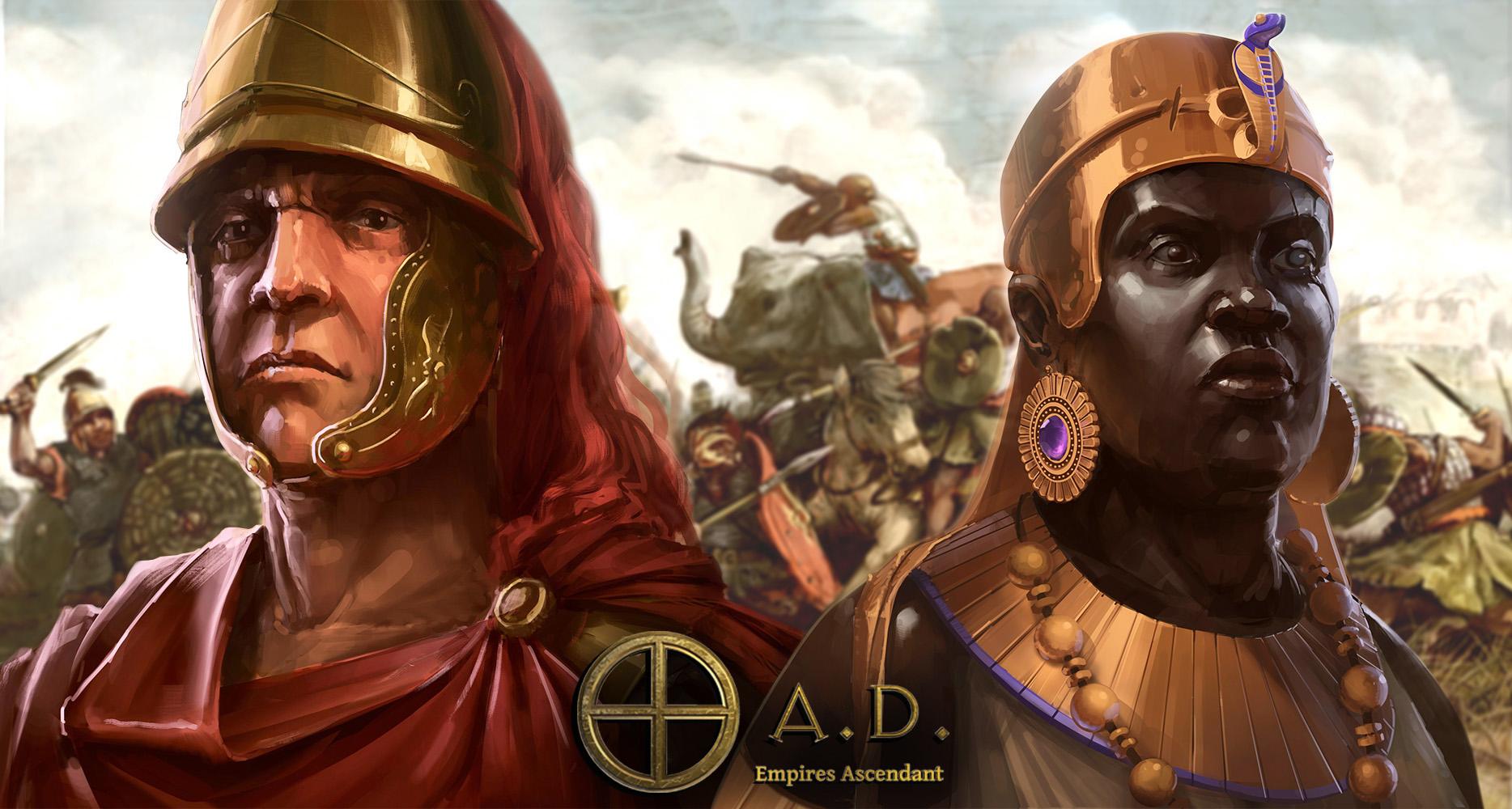

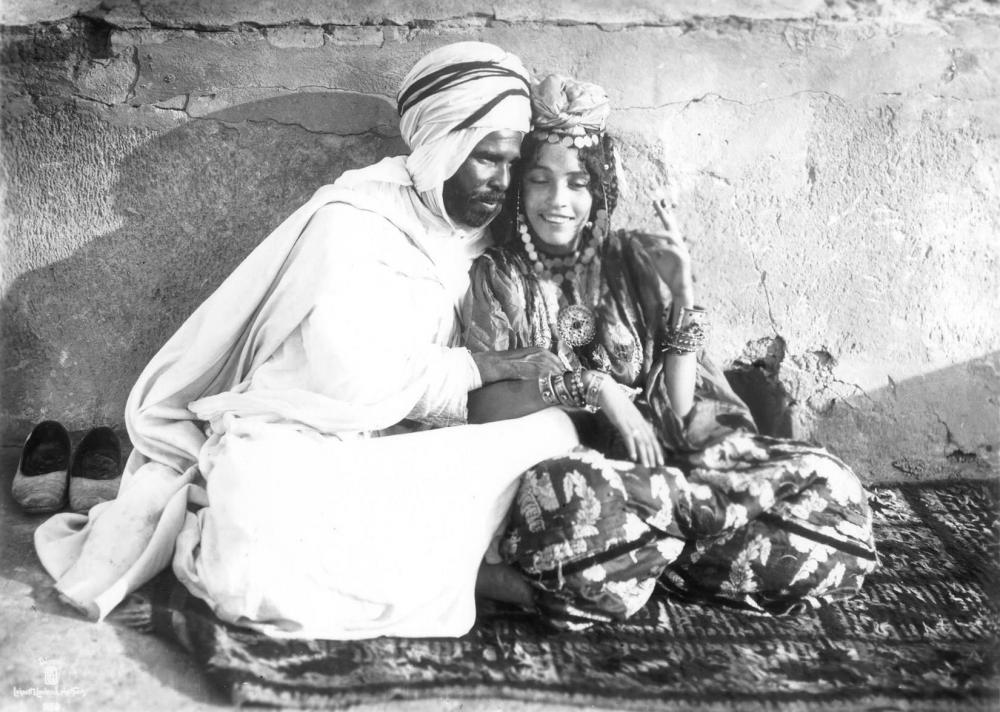
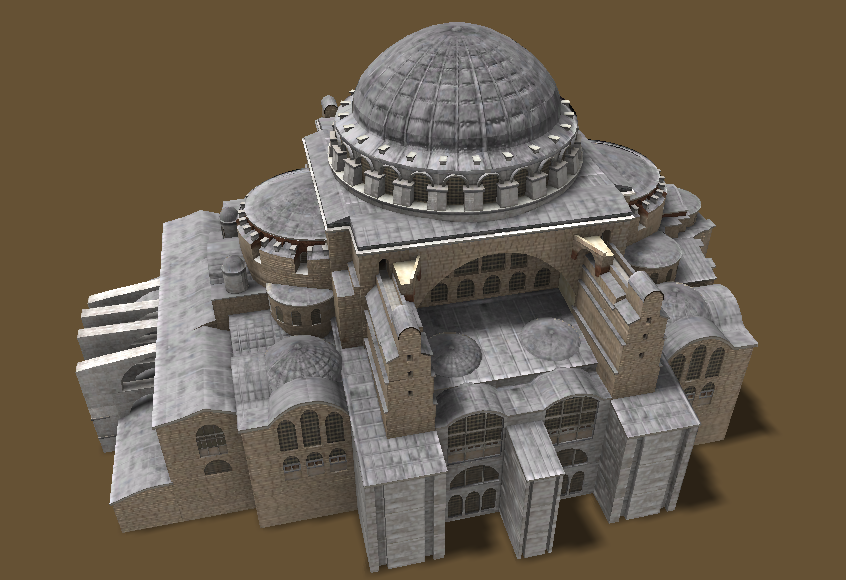

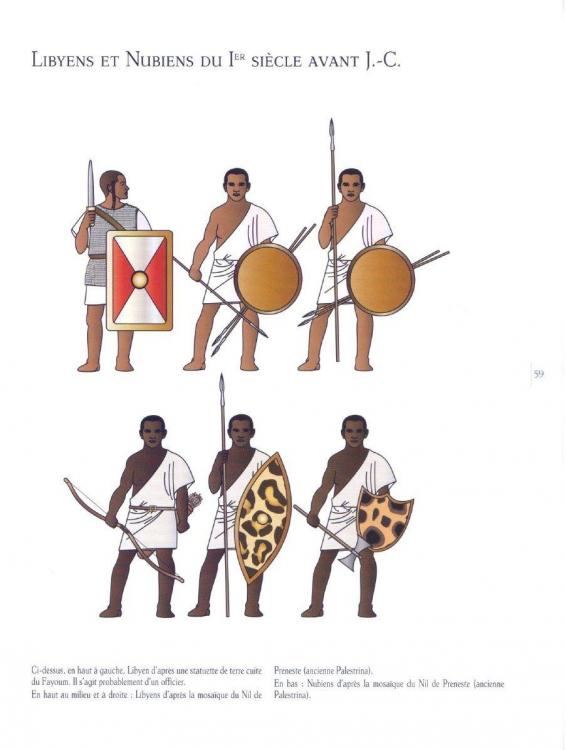
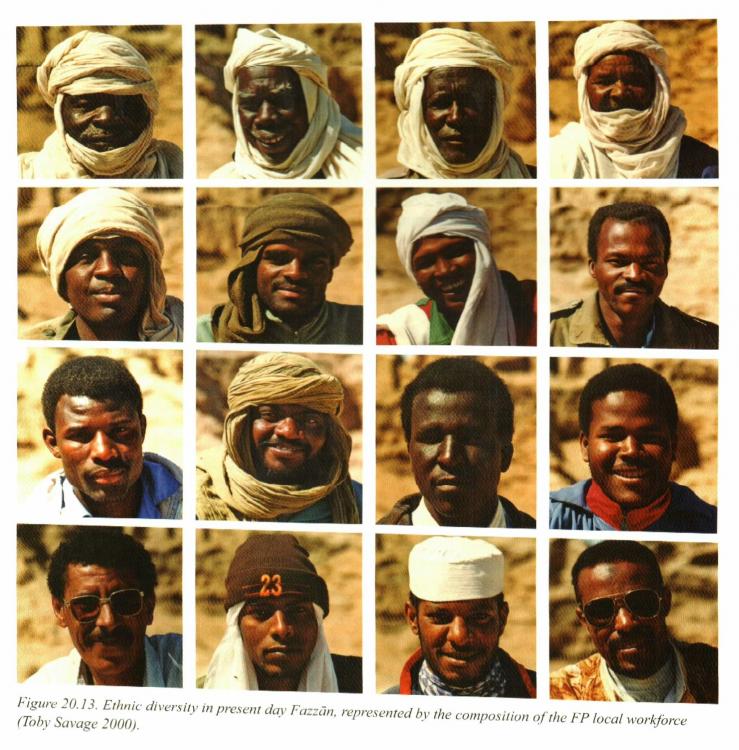
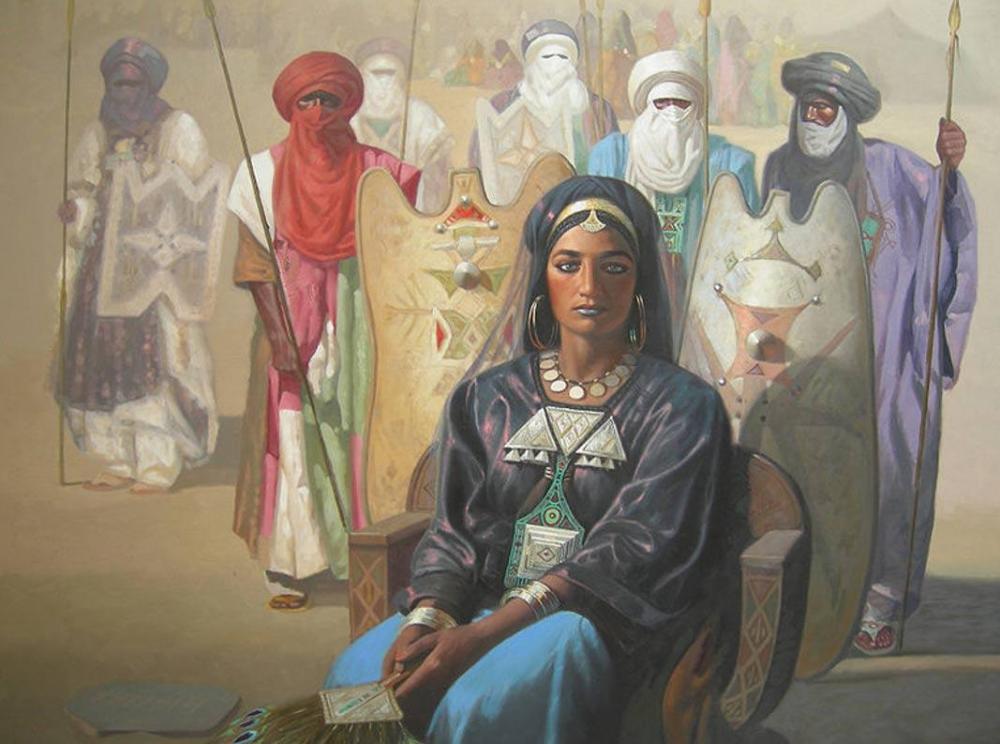
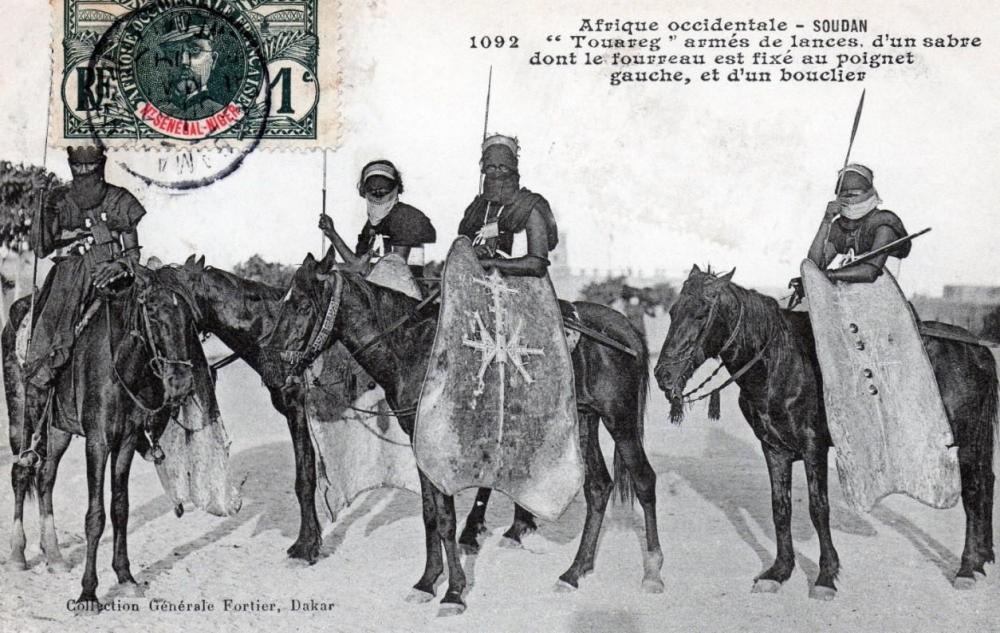
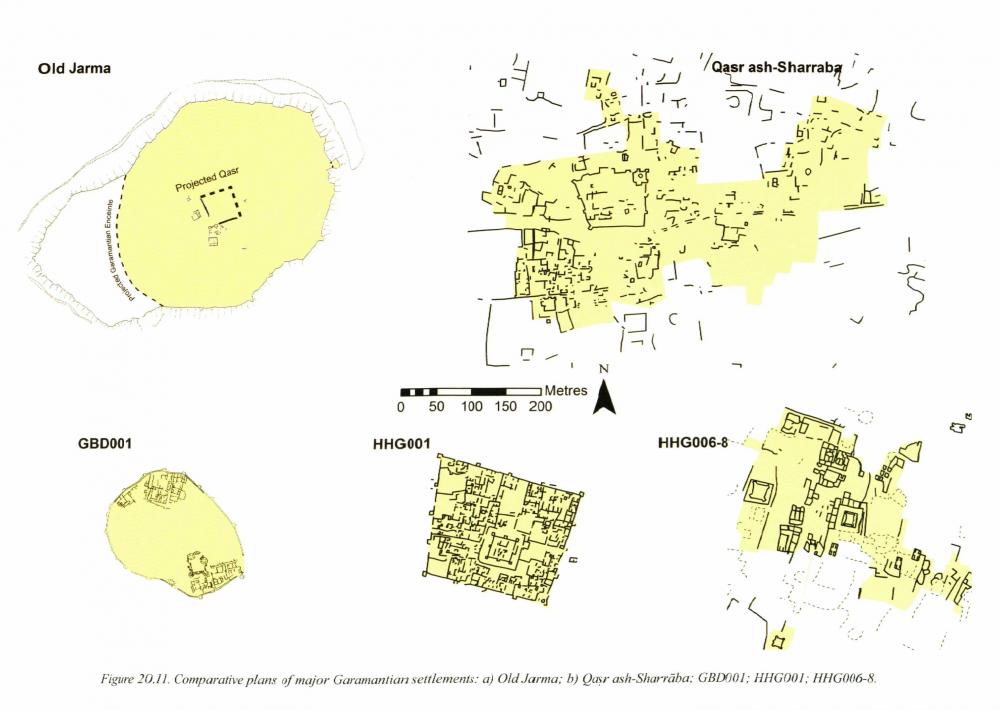
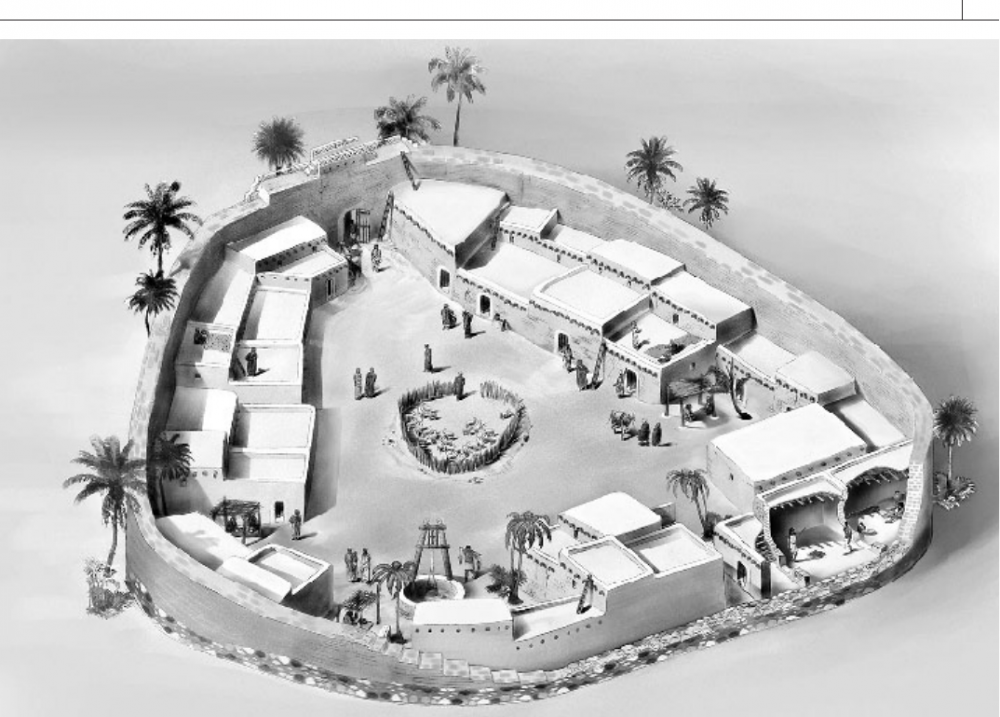
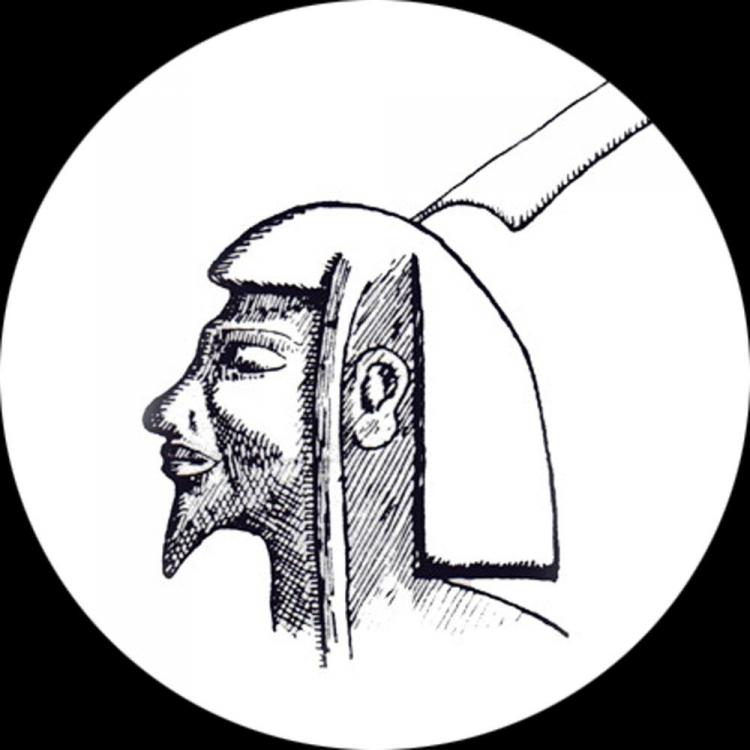
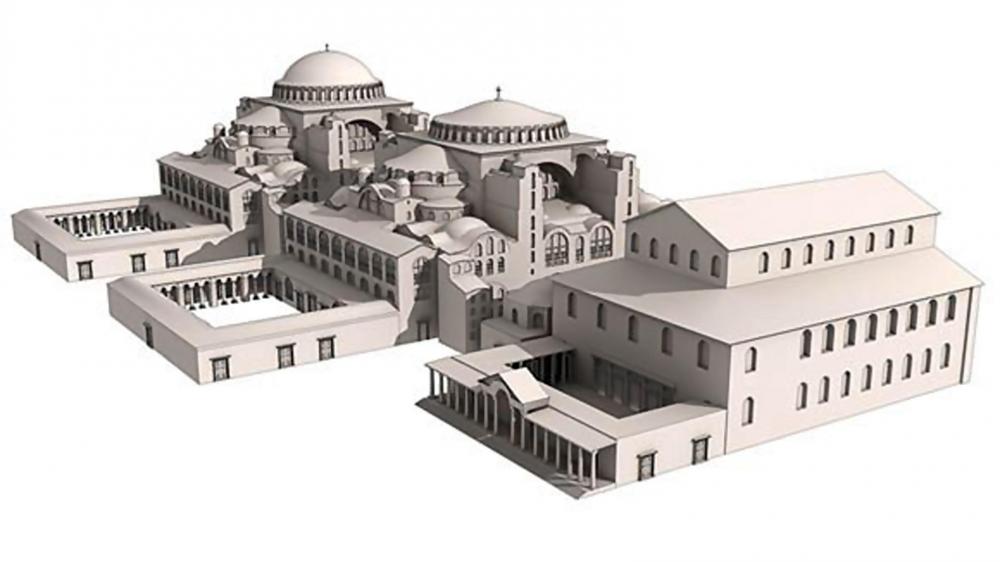
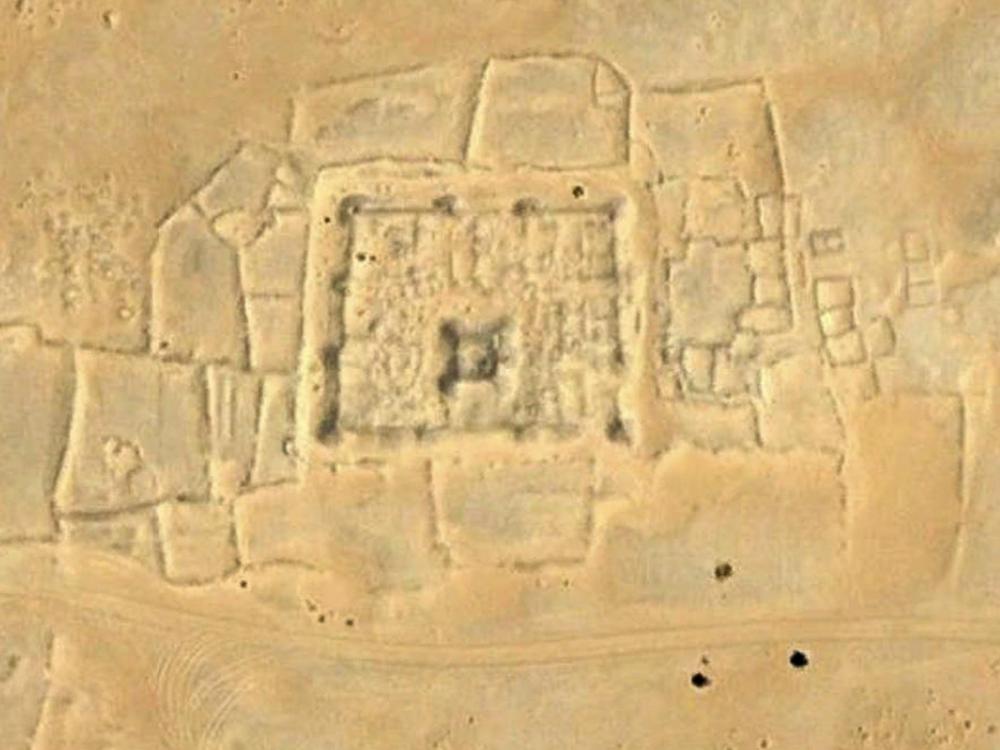
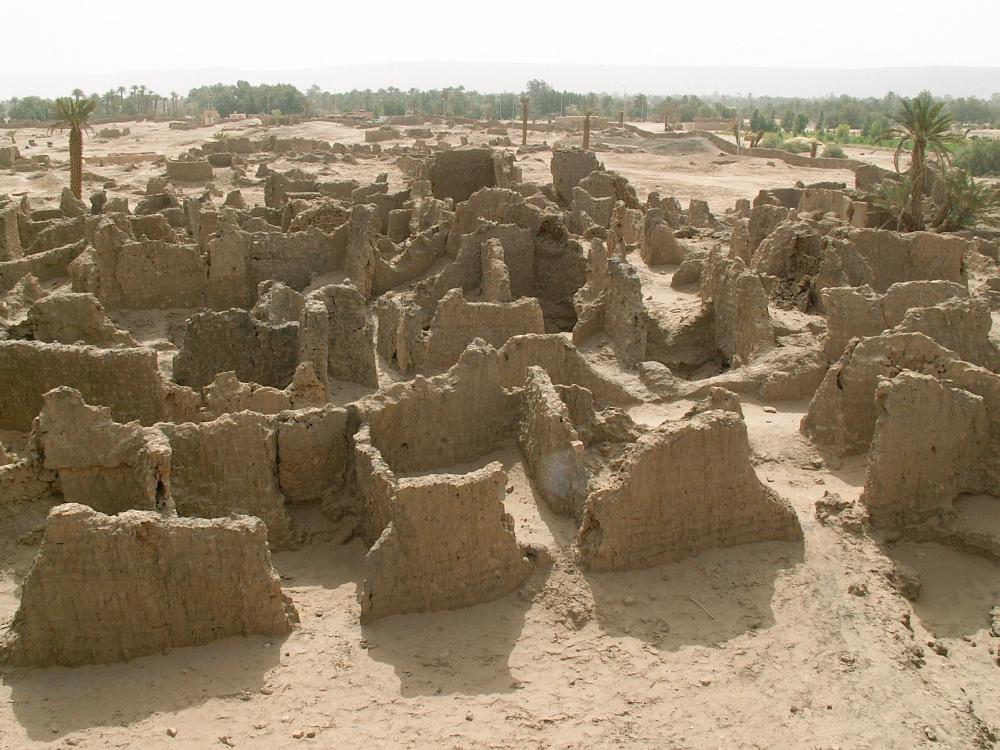
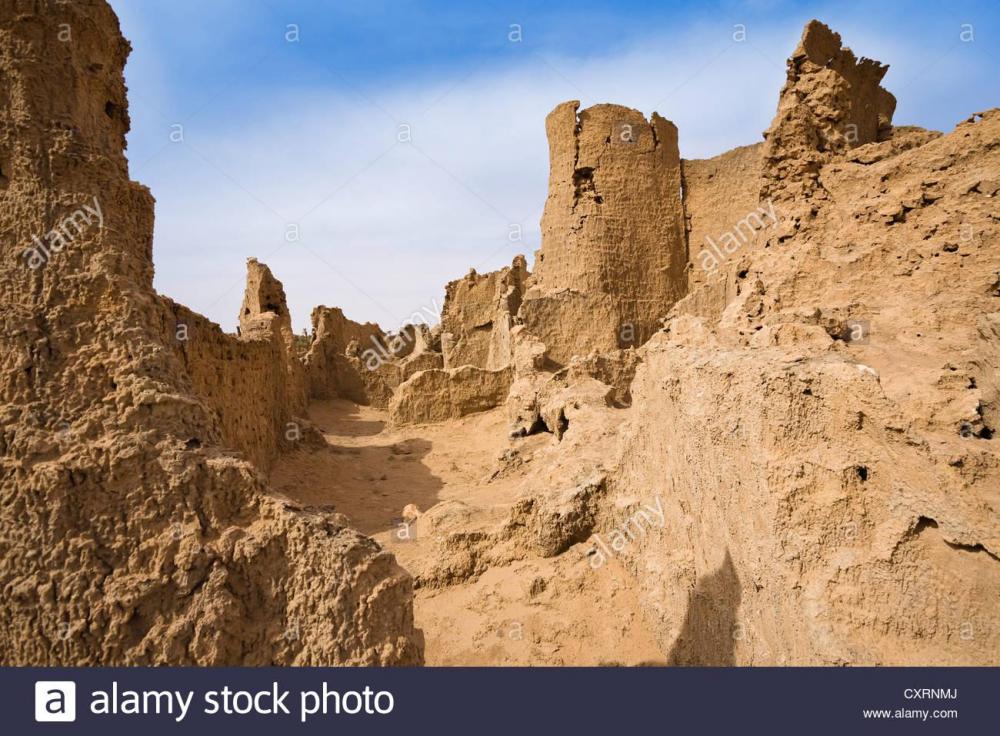

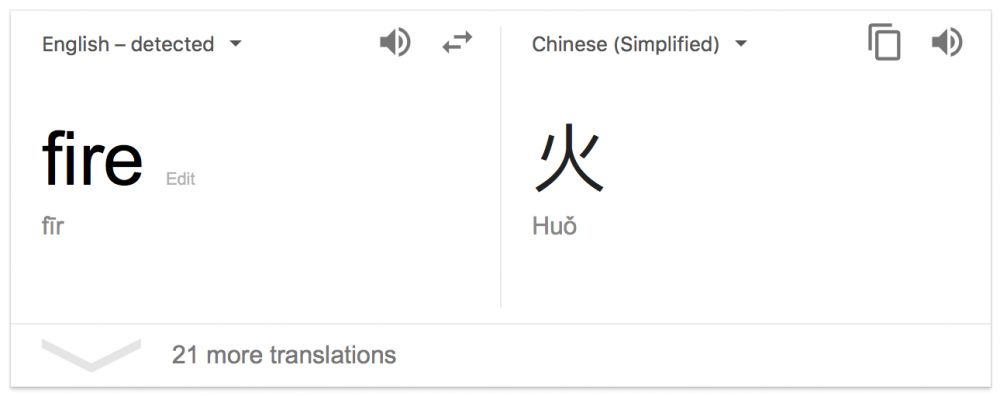



===[TASK]=== African minifaction buildings
in Official tasks
Posted · Edited by Sundiata
@av93
I should probably clarify a little further where I'm coming from (literally). I'm an Akuapem, which is one of the Akan tribes (more than 20 million people in all), and like the other Akans (such as Ashanti, Fante Akyem, etc...) we are matrilineal. My own family is actually patrilineal, but that's just a weird local quirk that's not common outside my own town and a few others in the area (due to pre-Akan ancestry). Not only are we matrilineal, but the Queen Mothers are among the most respected institutions, working in tandem with the male chiefs and kings. They (there are many and they form powerful associations and have internal hierarchies) decide who is fit for kingship and make the selection. In addition to that, female priests are important in traditional Akan religion as well, and perform rites and rituals like their male counterparts (and can even train male priests). These cultural traits translate into modern life as well, and aren't limited to the higher echelons. On every level of society, powerful women are not rare, running businesses and entire markets, but also business empires and hold important positions in politics. Women here are generally speaking very strong, and a woman publicly beating a man is not unheard of. In fact, mobile phone videos of such occurrences are a great source of amusement to Ghanaians today (although domestic abuse is nothing to laugh about...). You can also see it in the army and police force. Female soldiers and police officers are common, and are nothing to mess with. In fact, after the civil war in Liberia (during which women suffered tremendously from rampant rape), all-female Ghanaian military units were sent to patrol the streets (under UN peacekeeping mission) and impress respect for women and inspire the young girls and women of that country). All-female military units aren't new to West-Africa either. The Kingdom of Dahomey (Togo) fielded an elite all-female corps, the Ahosi, numbering more than 3000 fighters... They had a fearsome reputation for decapitating their (male) captives and when Dahomey was a vassal state under the the Oyo Empire of Nigeria, they participated in a major battle against the Ashanti Empire (the battle of Atakpame, 1764). Although these societies are traditionally regarded as patriarchal, it's not comparable to other patriarchies...
(although domestic abuse is nothing to laugh about...). You can also see it in the army and police force. Female soldiers and police officers are common, and are nothing to mess with. In fact, after the civil war in Liberia (during which women suffered tremendously from rampant rape), all-female Ghanaian military units were sent to patrol the streets (under UN peacekeeping mission) and impress respect for women and inspire the young girls and women of that country). All-female military units aren't new to West-Africa either. The Kingdom of Dahomey (Togo) fielded an elite all-female corps, the Ahosi, numbering more than 3000 fighters... They had a fearsome reputation for decapitating their (male) captives and when Dahomey was a vassal state under the the Oyo Empire of Nigeria, they participated in a major battle against the Ashanti Empire (the battle of Atakpame, 1764). Although these societies are traditionally regarded as patriarchal, it's not comparable to other patriarchies...
The Amazons of Dahomey:
Veteran Ahosi:
These women were hardcore...
Yaa Asantwaa herself, Queen Mother of Ejisu, second in command of the Ashanti Empire. She led a final last stance against the British. After the British had kidnapped and exiled the Asantehene (King or Emperor of Ashanti) during the fourth Anglo-Ashanti war. The governor of the Gold Coast, Fredrick Hodgson, then demanded to sit on the Golden Stool. The Golden Stool (literally a golden stool) is the embodiment of the Ashanti Nation. Literally its soul, and represents its sovereignty. Ashanti would never give this up, and fought to the end defending it (The fifth Anglo-Ashanti war, also known as "The War of the Golden Stool"). When the chiefs became scared to resist the British any further, Yaa Asantwaa famously said:
Although the war ended in a total disaster for the Ashanti and the deportation of its remaining leadership, the British were never able to capture the Golden Stool, which is still considered the embodiment of Ashanti today and a great source of national pride. In fact, fearing further rebellions in Ashanti and other places in what is now Ghana, the British never really occupied the area, and opted for indirect rule instead.
Yaa Asantewaa in traditional war outfit (Batakari).
I took the following picture myself during the Odwira, the most important traditional festival of Akuapem, during the durbar in Akropong, our "capital". I hope this picture of a Queen Mother helps you to understand the traditional position of women in our society
Modern Ghanaian female troopers and police:
Ghanaian troops In Liberia:
In Ghana: